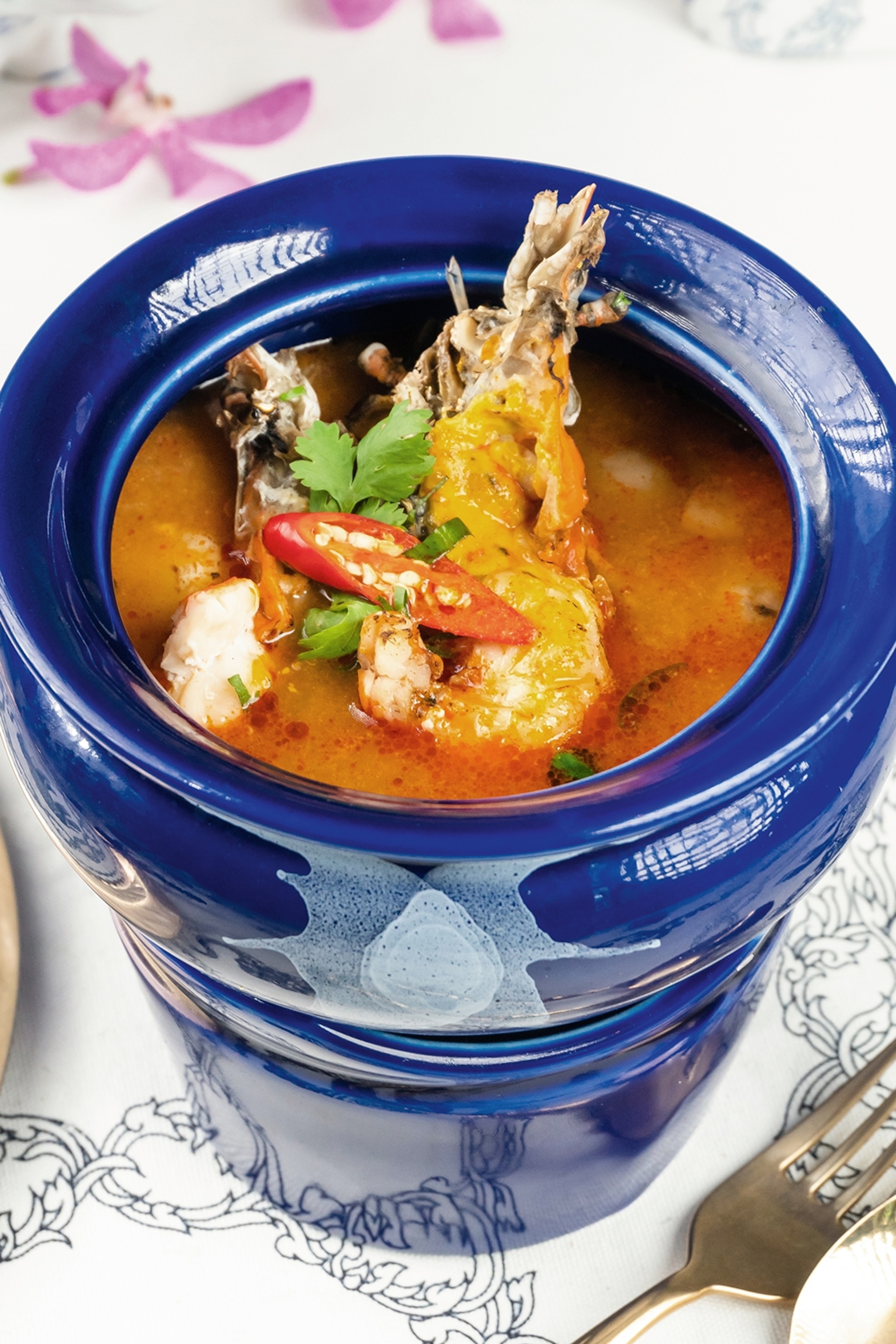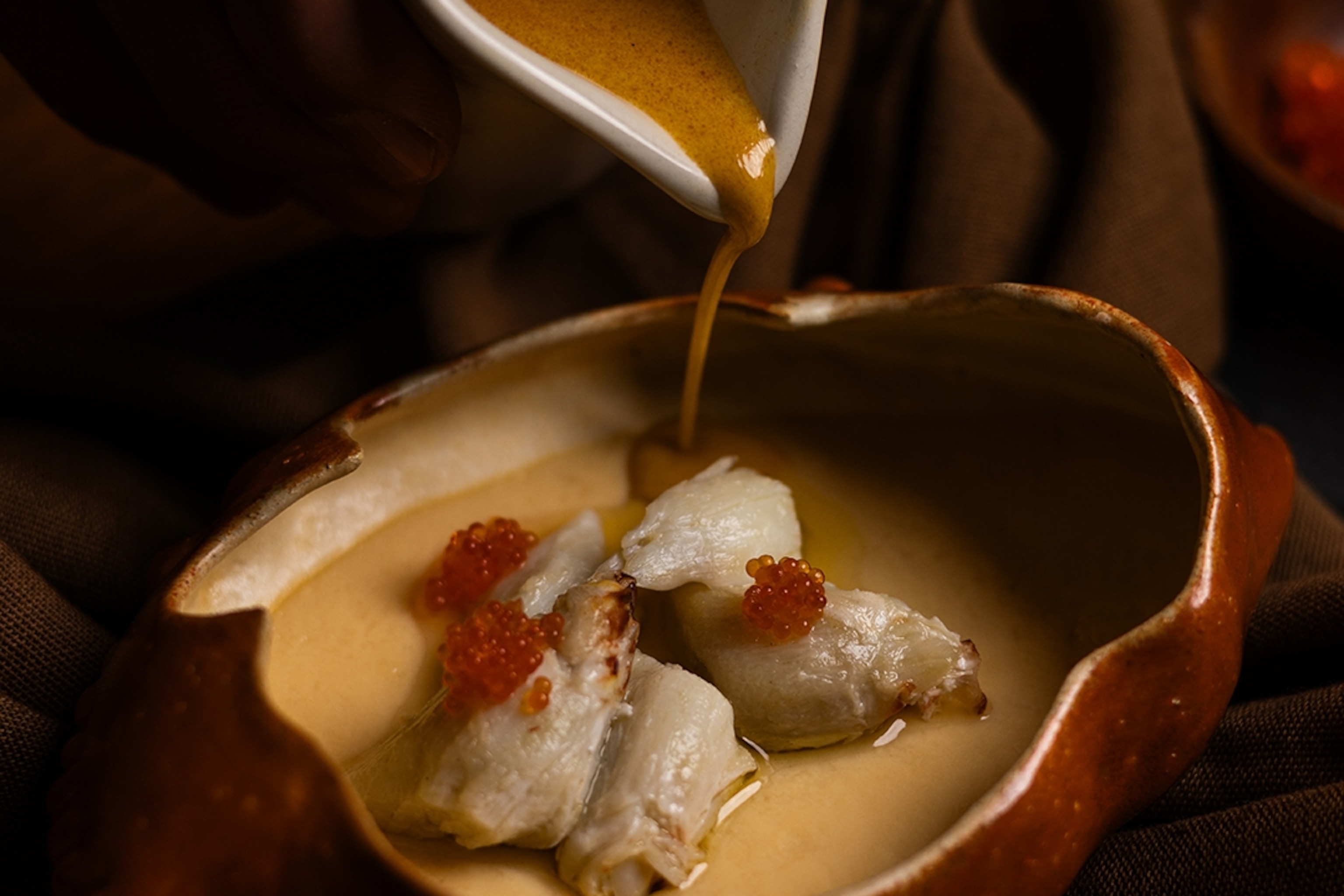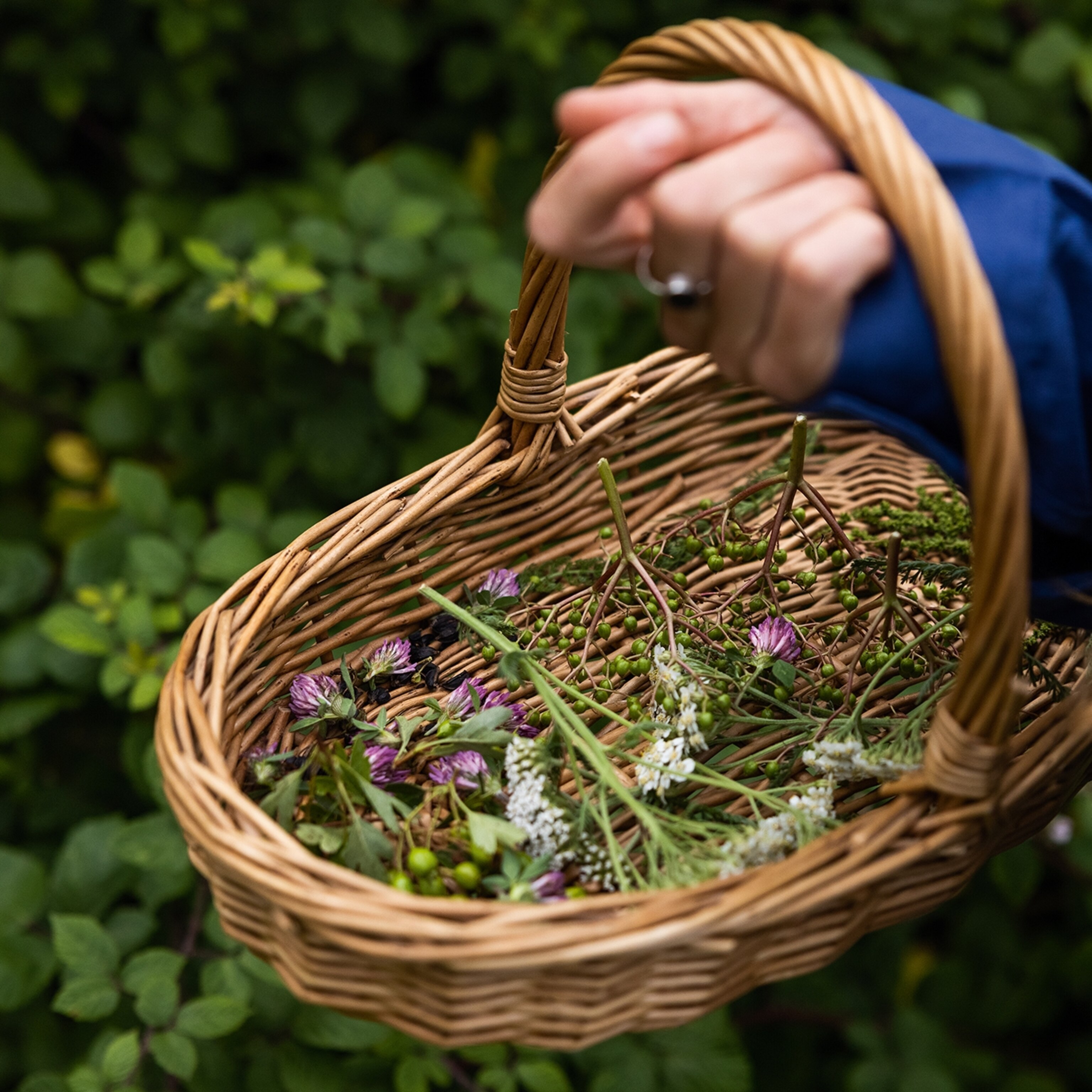In the symphony of tastes that defines Thai cuisine—the delicate balance of sweet, sour, salty, and spicy—one ingredient stands quietly at the conductor’s podium: coriander (pak chee). Far from being a mere garnish or an afterthought, this ubiquitous herb is the essential scaffolding upon which countless iconic dishes are built. What distinguishes its role in Thailand is the holistic use of the plant. Unlike in many Western kitchens where only the leaves (often called cilantro) are prized, Thai chefs utilize the entire organism: the leaves for aromatic lift, the tender stems for texture, and, most crucially, the dense, fibrous root for deep, earthy flavor. It is the use of the root, pounded into foundational pastes, that provides the distinctive, savory undertone—the very umami—that sets authentic Thai food apart. Coriander is not just an ingredient; it is a fundamental philosophy, an aromatic thread woven into the fabric of the nation’s cooking, guaranteeing that every dish, from a fiery curry to a simple clear soup, carries a profound and unforgettable Thai signature.
The Alchemy of Aromatic Versatility
The unique essence of Thai cooking derives its depth from a complex layering of aromatic components, and pak chee acts as the primary agent for this flavor alchemy.

Coriander is remarkable because its flavor profile shifts dramatically depending on which part of the plant is used, offering chefs a precise, tiered approach to seasoning. The fresh leaves, traditionally used as a vibrant topping, deliver a bright, citrusy, and slightly refreshing zing that cuts through the richness of coconut milk or the heat of chilies. This burst of aroma is critical for balancing the heat and funk (often derived from fish sauce and shrimp paste) in a finished dish. A bowl of Tom Yum soup, for example, is incomplete until the final sprinkle of chopped leaves provides that necessary fresh contrast, acting as a clean, bright counterpoint. The stems, often chopped finely along with the leaves, add a slightly more robust texture and a concentrated vegetal note that aids in bridging the deep base flavors with the fresh finish.

This whole-plant utilization ensures that the ingredient is working at multiple levels of the culinary process—contributing to both the base and the finish. This practice, known as the use of the tripartite plant, is reflective of the Thai principle of balance (rot chat). The herb is never a soloist; it is part of an ensemble designed to ensure that the flavors of the dish hit the palate across a spectrum of notes—from the earthiness delivered by the root to the lively freshness provided by the leaf. This inherent versatility makes it indispensable, guaranteeing a complex and satisfying taste, regardless of the dish’s regional origin or primary protein.
The Three Buddies: The Secret Power of the Root
The true secret weapon in the Thai pantry is the coriander root (raak pak chee), an ingredient frequently trimmed and discarded in Western markets, but revered in Southeast Asia.
The root possesses a more intense, earthier flavor than the leaf, with a subtle peppery and pronounced citrus note that stands up beautifully to prolonged cooking and high heat. This intensity is why it is almost exclusively reserved for base mixtures, marinades, and curry pastes. In the traditional Thai kitchen, the root forms one third of the foundational seasoning paste known as Saam Kler (The Three Buddies) or Raak Pakchi Kratiem Prik Thai—a trinity consisting of coriander root, white peppercorns, and Thai garlic. These ingredients are meticulously pounded together in a granite mortar and pestle until they form a moist, incredibly fragrant paste. This aromatic blend is the foundation for marinating virtually any meat intended for grilling, braising, or frying, such as Moo Yang (grilled pork) or the famed Thai fried chicken (Gai Tod).

By being incorporated at the very beginning of the cooking process, the root’s flavor compounds are allowed to fully infuse the other ingredients. Unlike the delicate leaves, the root’s essential oils are robust enough to withstand heat, releasing a deep, savory aroma that penetrates meat fibers or forms the unctuous base of a soup stock. Without this fundamental, earthy anchor, many classic Thai dishes would lack their characteristic depth and unmistakable savory undertone, proving the root to be the unseen engine that drives the authentic flavor profile of the cuisine.
The Depth of the Paste and the Soul of the Broth
Coriander’s most significant contribution is its role as a structural component in the country’s famous curry pastes and broth bases, where it imparts foundational flavor.
In both red and green curry pastes, the coriander root is pounded along with ingredients like galangal, lemongrass, kaffir lime zest, and dried chilies. Its inclusion is non-negotiable, acting as a binding agent that enhances the overall umami and aromatic complexity of the paste. The root adds a crucial layer of flavor—earthy and savory—that prevents the finished curry from tasting merely of chillies and coconut milk. This depth allows the other, more volatile aromas (like lemongrass and kaffir lime) to shine while ensuring the overall profile remains grounded and rich. A chef judges the quality of a paste by its texture, aroma, and the harmonious inclusion of the coriander root, which is a true marker of a deep, complex flavor base.
Similarly, in clear soups like Gaeng Jued (a simple, mild clear broth), the Saam Kler paste, built around the coriander root, is the only required seasoning beyond fish sauce. Here, the root is sometimes lightly bruised and simmered whole in the broth, slowly releasing its fragrant, peppery, and citrusy notes into the cooking liquid. This creates a clean, intensely aromatic stock that is simultaneously restorative and savory, showcasing the root’s ability to flavor without adding color or cloudiness. It turns a simple clear soup into a surprisingly complex and comforting elixir, illustrating how a humble root is used to impart essential life and body to a dish’s liquid soul.
The Final Flourish: More Than Just a Decoration
While the root provides the depth, the vibrant, verdant leaves and tender stems of the coriander plant serve a purpose that extends far beyond mere visual appeal.
In dishes that are served fresh or quickly cooked, like spicy salads (yam) or stir-fries, the leaves and stems are added at the very last moment, often tossed in just before serving or sprinkled generously on top. This late addition is highly strategic, designed to preserve the plant’s essential oils and bright flavor, which are highly volatile and diminish rapidly with heat. For instance, in a rich, tangy plate of Pad Thai, the handful of fresh coriander leaves, served alongside the wedge of lime, offers a necessary counterpoint. The fresh herbal notes cut through the sweetness of the tamarind and sugar, and the richness of the egg and oil, refreshing the palate between bites. To omit this final flourish is to leave the dish feeling heavy and flat.

Moreover, the use of the leaves is a cultural indicator of freshness and care. In Thai culinary aesthetics, the liberal use of pak chee signals that the ingredients are newly harvested and the dish is prepared with attention to aromatic balance. This emphasis on finishing herbs is a hallmark of Southeast Asian cuisine. In dishes like Nam Tok Moo (Isaan-style pork salad), the leaves are heavily mixed in with mint and spring onion, becoming a textural and flavor component as central as the meat itself. They provide a cool, sharp contrast to the spicy, toasty chili and rice powder seasoning, completing the flavor cycle that the herb began in the initial marinade.
The Ubiquity and Wellness of a National Staple
Coriander’s presence in Thai cuisine is so pervasive that it transcends the simple category of ‘herb’ to become a cultural pillar, symbolizing freshness and traditional wellness.

The sheer omnipresence of pak chee on any Thai street food cart or restaurant table highlights its status as a national staple. It is rarely served in isolation but is essential to nearly every savory dish, cementing its role as the definitive aromatic marker of Thai food globally. Furthermore, the herb is traditionally valued beyond its culinary uses for its believed medicinal properties. Thai folk medicine has long utilized different parts of the plant, citing its cooling properties that help balance the body’s internal heat and its benefits for digestion. Modern studies have confirmed the herb’s high content of antioxidants and essential nutrients like Vitamin K, lending credence to the age-old practice of using it not just for taste, but for well-being.
The full utilization of the entire plant—root, stem, and leaf—is a testament to the ingenuity and resourcefulness of Thai culinary traditions, ensuring that no part of this valuable ingredient is wasted. From the deep, savory complexity provided by the root in a curry base, to the refreshing, vibrant finish provided by the leaf atop a noodle dish, coriander is the aromatic workhorse that makes Thai food the globally celebrated balance of flavors that it is. Its role is permanent, profound, and deeply integrated into the soul of the country’s kitchen.




